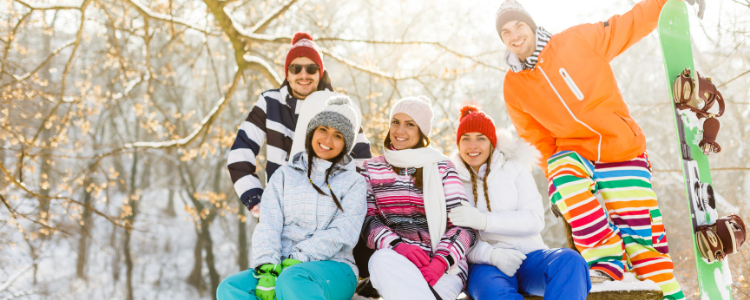The ARPA, in collaboration with the Sport, Physical Activity and Recreation (SPAR) Branch with Alberta Culture, Multiculturalism and Status of Women hosted a Town Hall with Alberta Health representatives last February 11, 2021. The discussion aims to provide updates, clarifications, and answers to questions regarding the Step 1 Guidance of the Path Forward about recreation and sport. We have made a rundown on some of the key information discussed in the Town Hall.
- A change regarding minors, 18 years old and younger, can take part in any indoor group training for teen sports or other activities with up to a maximum of 10 in a group. This group is inclusive of coaches and trainers. Each member should adhere to the mandatory 3-meter physical distancing. Coaches and trainers must always wear a mask, but participants can remove theirs when engaged in a high-intensity physical activity.
- Spectators are not allowed, but young participants that need parental support may be paired up with an adult. The pair, however, will be counted as two people. Another update is that a single-family or one household can rent a single pool or arena without a trainer. The key requirement is for the family to rent the entire facility, arena or pool.
- In the idea of shared equipment, where possible, a single piece of equipment should be designated to one person. When there is a need to share equipment to perform the activity, exercise hand hygiene first before engaging in the activity, then clean and disinfect the shared equipment after. It would also be better to minimize the number of people sharing the same piece of equipment. The 3-meter distancing must still be maintained throughout the activity.
- Two groups of 10 can occupy the same facility if the space can accommodate the distanced activity among all the participants. Movements while doing the activity must also be considered in ensuring that the facility can accommodate multiple groups. It is up to the facilitator and all the participants to ensure that the 3-meter physical distance is always observed. One can also be involved in more than one group of 10, like with coaches. However, this also increases their risk because they interact with more people.
- In terms of expectation on the Step 2 Guidance, the 3-week period is a time in between to engage with stakeholders, analyze the data, see the impact of each step and make sure that the trend is going in the right direction before continuing on the next phase.
There is a continuous study on these new measures and steps, and the Alberta Health representatives ensure that any decisions and updates made will be shared to the public as soon as possible. The guidance will not fit perfectly in every situation, but the intention is to make it work in most of the settings. It is also important to note that each of us has a role to play to support the successful implementation of the guidance.


